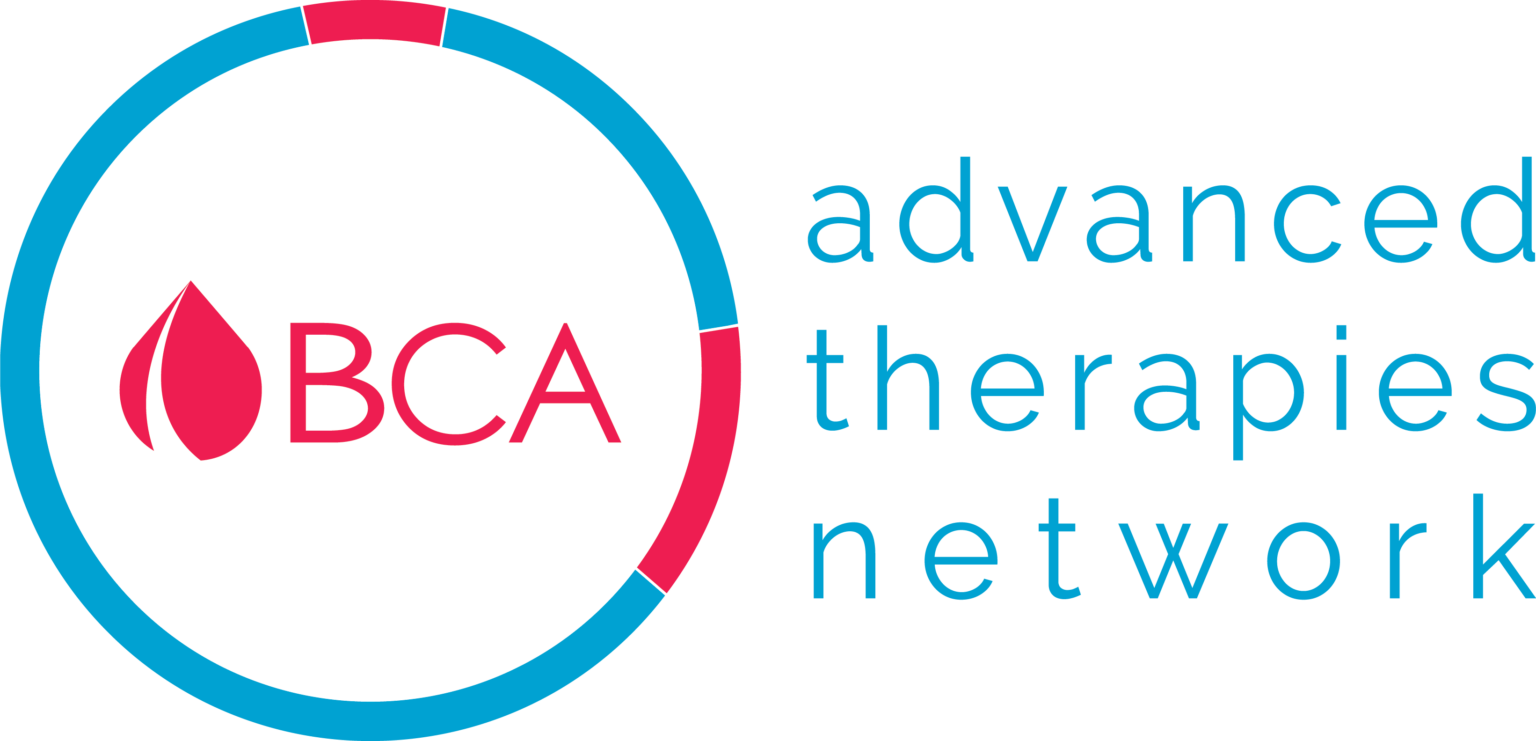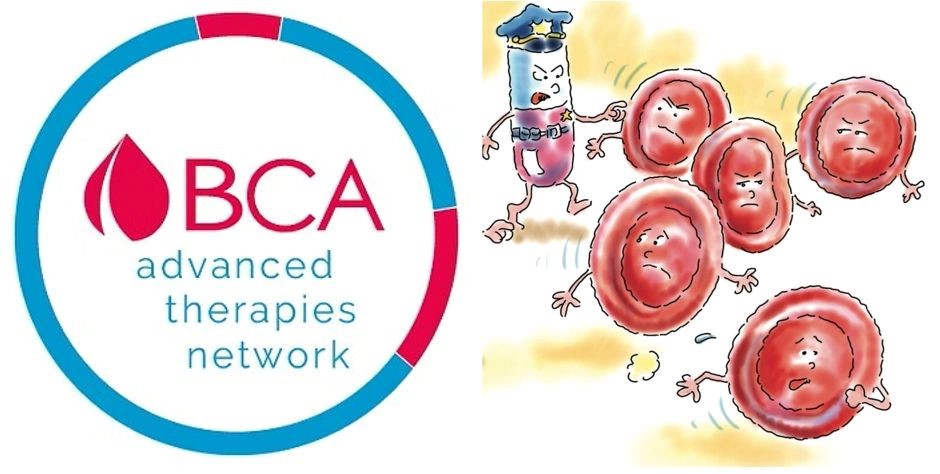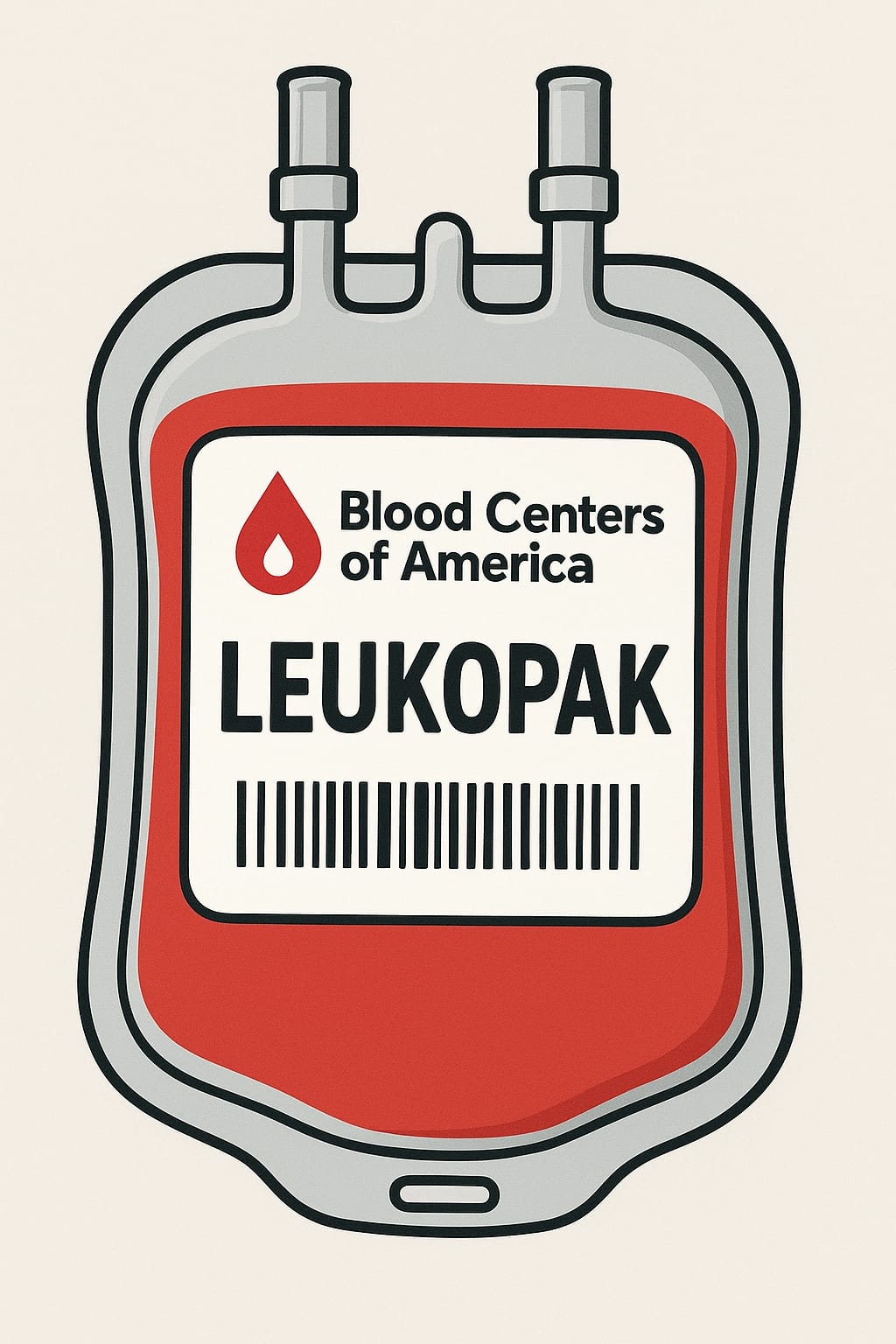Jennifer Chain, PhD, CABP
October 8, 2025
This post is sponsored by: Blood Centers of America Advanced Therapies Network
1300 Division Road Suite 102 West Warwick, RI 02893
For inquiries, contact lrssupport@bca.coop
Peripheral blood mononuclear cells (PBMCs) are a cornerstone of immunological research, offering a window into the functional dynamics of the human immune system. Whether used in vaccine development, autoimmune disease studies, or cancer immunotherapy, the integrity and function of PBMCs are paramount. Yet, one often-overlooked variable in PBMC isolation and function is the anticoagulant used during blood collection. These agents are designed to prevent clotting, but they also significantly influence cell yield, viability, and response.
In this post, I explore how four commonly used anticoagulants, CPD, EDTA, heparin, and ACD-A, affect PBMC isolation, viability, and downstream functionality depending on the blood source. However, ACD-A stands out as the most effective anticoagulant for preserving PBMC quality, particularly when paired with leukapheresis or LRS chamber-derived sources.
CPD (Citrate Phosphate Dextrose)
CPD is primarily used in blood banking and is the standard anticoagulant present in buffy coat preparations (1,2). It works by chelating calcium ions, thereby inhibiting the coagulation cascade. Buffy coats derived from CPD-treated whole blood are a common and cost-effective source of PBMCs, especially in large-scale studies or biobanking efforts. However, CPD’s formulation is optimized for preserving transfusion components rather than for immune cell function, which introduces challenges for PBMC utilization, especially in time-sensitive protocols.
PBMCs isolated from CPD-treated buffy coats often show reduced viability due to prolonged processing times and suboptimal buffering (2,3). CPD’s buffering capacity is not sufficient to maintain optimal pH during transport and processing, which can lead to increased cellular stress and activation. Additionally, CPD-treated buffy coats typically contain a high proportion of granulocytes, often 40–80% of the leukocyte population (3), due to the non-selective nature of the buffy coat manufacturing process. The relatively mild chelation action of CPD is unable to prevent spontaneous calcium-mediated granulocyte activation during storage and transport (4). Activated granulocytes release reactive oxygen species and proteolytic enzymes, which not only damage surrounding PBMCs but also contribute to increased debris and reduced assay performance.
These factors, combined with frequent red blood cell and platelet contamination, make CPD-derived PBMCs less suitable for functional assays, particularly those involving cytokine secretion or proliferation. While CPD remains a practical option for bulk cell collection and certain observational studies, it is not recommended when high viability, purity, and functional responsiveness are required.
EDTA (Ethylenediaminetetraacetic Acid)
EDTA is a strong calcium chelator and is a commonly used anticoagulant in diagnostic blood tubes (5). It is often employed for whole blood PBMC isolation in clinical settings due to its availability and compatibility with hematological assays. It is often used when only a small number of PBMCs from whole blood are needed for use in laboratory applications involving immune cells.
EDTA’s impact on PBMCs is nuanced. While it effectively prevents clotting, EDTA can induce subtle changes in cell morphology, including swelling and altered surface marker expression (4). These changes can confound flow cytometry and immunophenotyping results. EDTA can also introduce variability in PBMC isolation procedures. EDTA impacts platelet activation and interferes with monocyte function, making it less suitable for functional assays measuring cytokine production or phagocytosis. EDTA can also increase proinflammatory cytokine mRNA, creating artifacts for immune function assays that may be conducted with isolated PBMCs.
While EDTA preserves red blood cell morphology well, its strong chelation can inhibit certain enzymatic activities, making it less suitable for functional assays or molecular applications like PCR (4). Nevertheless, EDTA remains a practical choice for short-term studies where cell function is not the primary endpoint, and its use in combination with PBS during isolation can improve yield in challenging sample types (6).
Heparin
Heparin is an anticoagulant that enhances antithrombin activity to inactivate thrombin and other clotting factors (7). It is commonly used in blood collection tubes when plasma is needed for downstream analysis. Heparin is also used in whole blood collections for PBMC isolation and functional applications, particularly when cell morphology and viability are critical. Heparin-treated samples generally yield PBMCs with good viability and preserved morphology, making them suitable for flow cytometry and some functional assays (4).
However, heparin’s polyanionic nature can interfere with molecular assays, especially PCR and RT-PCR, by inhibiting enzymes like Taq polymerase (4). This interference can be mitigated through additional purification steps, such as repeated washing or enzymatic treatment, but these add complexity and cost to the workflow. Despite this limitation, heparin remains a preferred anticoagulant for studies requiring intact cell morphology and minimal hemolysis. In addition, cells from heparin-treated blood outperform those from EDTA tubes in terms of T and B cell analysis and culture viability.
ACD-A (Acid Citrate Dextrose Solution A)
ACD-A is an anticoagulant used in leukapheresis and platelet apheresis collections, both of which provide high-yield, high-purity PBMC sources (3,4). LRS chambers are a byproduct of platelet apheresis and are particularly valuable for studies requiring large numbers of PBMCs without the need for the logistical complexity of full leukapheresis (3). Like CPD, ACD-A chelates calcium, but its formulation is gentler on cells (4), making it ideal for preserving cellular morphology and function. Apheresis-derived PBMCs collected with ACD-A are enriched for lymphocytes and monocytes, with minimal granulocyte contamination, which is essential for functional assays and immune profiling.
What sets ACD-A apart is its ability to maintain the physiological integrity of PBMCs throughout the collection and handling process (4). Cells collected in ACD-A exhibit lower levels of spontaneous activation, preserving their naïve functional states. This is particularly important for assays that rely on cytokine secretion, antigen-specific responses, or transcriptomic fidelity. ACD-A also suppresses calcium-mediated granulocyte activation during collection by maintaining a lower pH and more effectively chelating calcium. This minimizes granulocyte contamination during collection, reduces the likelihood of granulocyte aggregation and degranulation, and decreases downstream cellular stress on the PBMCs.
ACD-A consistently supports high viability, stable surface marker expression, and robust post-thaw responsiveness (4). These qualities make it the preferred anticoagulant for studies requiring reproducible immune profiling, functional assays, and long-term biobanking. For researchers aiming to generate high-quality data from PBMCs, ACD-A is not just a good choice—it is the best choice.
ACD-A and Apheresis
The benefits of ACD-A are most evident when paired with leukapheresis, the only collection method specifically designed to isolate PBMCs for functional use. This process yields high numbers of PBMCs with low contamination, superior viability, and strong functional responsiveness (8). In contrast, other blood products such as buffy coats, whole blood tubes, and even LRS chambers are collected for different clinical purposes, with PBMC isolation occurring as a secondary outcome. However, LRS chambers share the benefits of leukapheresis-derived PBMCs, as they are collected and stored in the presence of ACD-A and are largely devoid of contaminating granulocytes (3).
Equally important, leukapheresis is designed not only to collect PBMCs but also to safely return other blood components to the donor (8). Because anticoagulant-treated blood is reinfused, the use of an additive that preserves both cell function and donor safety is critical. ACD-A meets this need by providing effective anticoagulation while minimizing cellular stress and protecting the quality of both the PBMCs collected and those returned to the donor. Therefore, the pairing of apheresis and ACD-A is the gold standard for preserving functional PBMCs both inside and outside of the body.
Best Practices for PBMC Isolation and Handling
To maximize PBMC quality, researchers should tailor their isolation protocols to the anticoagulant and cell source type. Gentle technique and temperature control during processing are essential to minimize shear stress and activation. Cryopreservation protocols should be optimized for each anticoagulant to ensure long-term viability.
For CPD-treated buffy coats and whole blood sample tubes in EDTA or heparin, additional steps may be needed to remove granulocytes and platelets, such as density gradient centrifugation, magnetic bead depletion, or adherence-based monocyte enrichment. In contrast, ACD-A–collected products from leukapheresis or LRS chambers typically require minimal manipulation, offering a cleaner mononuclear fraction with high viability and low activation.
Regardless of the anticoagulant used, processing should be as prompt as possible to minimize activation and degradation, with careful consideration of downstream assay compatibility. Cells isolated from different blood products collected in different anticoagulants should not be used in the same studies, as baseline levels may differ. Standardizing preanalytical variables, including anticoagulant choice, can significantly improve reproducibility across workflows.
Conclusion: Matching Anticoagulant to Purpose
The choice of anticoagulant is not merely a technical detail—it is a foundational decision that shapes the quality and interpretability of PBMC-based research. Anticoagulants provide chemical environments that influence PBMC biology from the moment of collection and offer distinct advantages and limitations to the utilization of PBMCs for downstream applications.
CPD offers accessibility but often compromises purity and function due to granulocyte contamination and reduced buffering. EDTA is convenient but can alter cell behavior and interfere with functional assays. Heparin preserves cellular morphology but requires caution in molecular workflows due to its enzyme-inhibiting properties. ACD-A, however, consistently delivers high viability, low activation, and clean mononuclear fractions, making it the optimal choice for functional assays, immune profiling, and biobanking.
Importantly, when used in apheresis, ACD-A supports not only the reproducibility of assays but is formulated to preserve a physiologically functional state of the donor’s cells that are both collected and reinfused. By prioritizing ACD-A when PBMC function and reproducibility are critical—researchers can ensure that their data reflect true biological signals rather than artifacts.
As PBMCs continue to play a central role in immunology, autoimmune, and cell therapy research and development, ACD-A stands out as the anticoagulant best suited to meet the demands of rigorous, high-impact science while safeguarding the ongoing functionality of donor cells.
References
- Citrate Phosphate Dextrose Alters Coagulation Dynamics Ex Vivo – ScienceDirect
- Anticoagulants and Additive Solutions | SpringerLink
- Leukoreduction System (LRS) Chambers Provide More Human Lymphocytes And Monocytes than Buffy Coats – BCA Advanced Therapies
- Biospecimen Science of Blood for Peripheral Blood Mononuclear Cell (PBMC) Functional Applications | Current Pathobiology Reports
- Significance of EDTA and Sodium Citrate in Blood Preservation: A Reaction Mechanism with Calcium as Substrate | SpringerLink
- Isolation and freezing of human peripheral blood mononuclear cells from pregnant patients
- The Anticoagulant and Antithrombotic Mechanisms of Heparin | SpringerLink
- Spectra Optia


